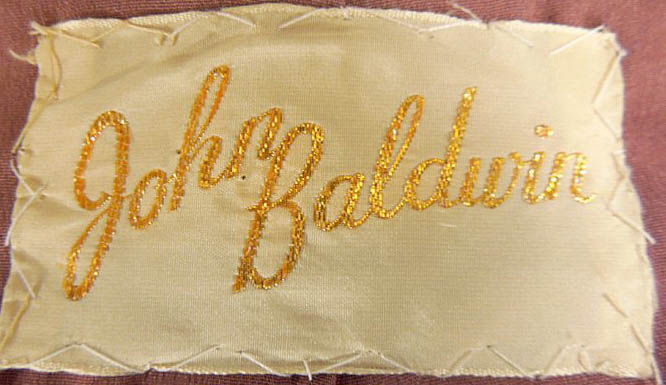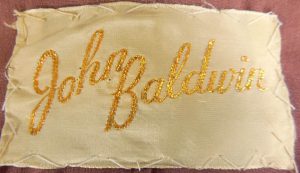Clothier John Baldwin opened a small shop in St. Petersburg, Fla., in 1947. The business grew, and in 1951 he opened his flagship location at “Fashion Corner” (Beach Drive at Second Avenue). His womenswear shop catered to wealthy locals and tourists in an elegant atmosphere.
The focus was on service. In a 1990 interview with the St. Petersburg (Fla.) Times, Baldwin was quoted as saying that he selected designs for his shop one at a time, often with a specific client in mind.
He opened nine shops throughout Florida, and in Myrtle Beach, S.C. In addition to womenswear, Baldwin eventually sold menswear, lingerie, shoes, and furs.
The flagship store featured a luxurious central salon, with a single sample of each item on display. Sales associates would make personalized recommendations for each customer, then fetch the selections in the appropriate size from hidden stock areas behind mirrored doors. There was a seamstress on staff to make any necessary alterations.
Baldwin tried to keep up with changes in the fashion business, while maintaining the sophistication and elegance that were his shops’ hallmarks. As everyday dress shifted to casual, Baldwin stayed relevant by focusing on upscale separates.
After the early 1970s, times became increasingly tough. With the advent of malls, downtown retailers suffered. And when the tourist industry shifted to Orlando, many hotels closed, taking wealthy vacationers with them.
By 1990, only three John Baldwin shops remained. Baldwin died in 1992. Shortly after, his heirs leased the flagship space to Henry Greenberg, who operated it as a branch of his Coplon’s chain until it, too, went out of business in June 2004.
Written by Better Dresses Vintage

